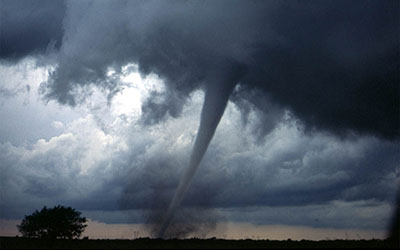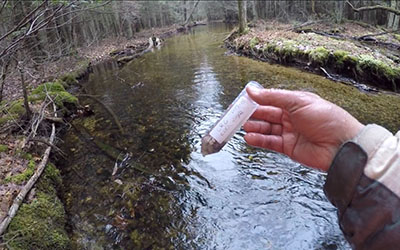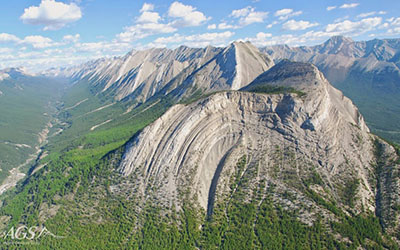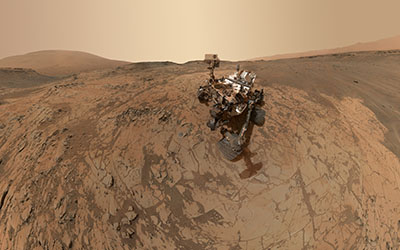We study extreme weather, climate change, and their impacts on both ecosystems and modern society.

Atmospheric Sciences

Environmental Geoscience
We use biology, chemistry, geology, and physics to understand how the Earth System supports such a diversity of life and how human behavior is impacting this system.

Geodata Science Initiative
Data science is the fourth and the newest paradigm of science. In Geodata Science Initiative, we conduct transdisciplinary research, merging or articulating EAPS subject matters with technical areas in data science: statistical and machine learning methods and models, algorithms for the models and methods, and computational environments for data analysis.

Geology and Geophysics
We study the processes that shape our planet, from the building of mountains and oil-bearing sedimentary basins, to the flow of warm rocks and cold glaciers, to the triggering of earthquakes.

Planetary Science
We study the evolution of the solar system and how planets evolve over time due to impacts, tectonics, and atmospheric processes, with an eye to the potential for past and future habitability.
Research News
Ancient Desert Clues Reveal Rhythmic Climate Shifts in Early Pleistocene Death Valley
12-16-2025
A new paleoclimate study from Purdue University has uncovered evidence that yearly precipitation in southern Death Valley once swung between extreme drought and significantly wetter than modern conditions over cycles lasting tens of thousands of years.
Wildfire smoke lofted into atmosphere could affect Earth's climate
12-15-2025
Phys — Some wildfires are so intense, they create their own weather—thunderstorms driven by heat that hurtle smoke as high as 10 miles into the sky like giant chimneys. When these smoke plumes reach the thin, calm air of the upper troposphere and lower stratosphere, they can persist for weeks or even months—yet their exact effects on Earth's climate aren't well known because they're difficult to capture and measure. EAPS's Daniel Cziczo is a part of this research team.
Giant LEAPS in Planetary Understanding | Earth, Atmospheric & Planetary Sciences - Purdue University
12-15-2025
WebsEdgeScience YouTube — Purdue’s Earth, Atmospheric, and Planetary Sciences community is pushing the boundaries of discovery, uncovering the forces that shape both our planet and our neighboring worlds. Researchers decode the history of Mars through precision lab analysis and rover data, simulate the powerful interactions between weather and climate to better understand severe storms, and map the hidden networks of water and seismic activity that sustain communities and infrastructure. Watch the latest feature about Purdue EAPS!
Inside NASA's Prep for the Moon, Mars, and the Search for Life
12-11-2025
NASA on YouTube — NASA experts take you behind the scenes in Iceland, where they study icy volcanoes, lava fields, hydrothermal vents, and other extreme environments that mimic other worlds. EAPS Assistant Professor Ali Bramson and her research team are working to figure out how astronauts can find and characterize water/ice and what is needed to prepare them for these activities.
The evolutionary history of kissing, moss in space, and the origins of the moon
12-11-2025
NPR Short Wave Podcast— Now, a new paper in the journal Science is attempting to figure out what this object Theia was made out of and where in the solar system it came from. EAPS's Kelsey Prissel made an appearance on the podcast.